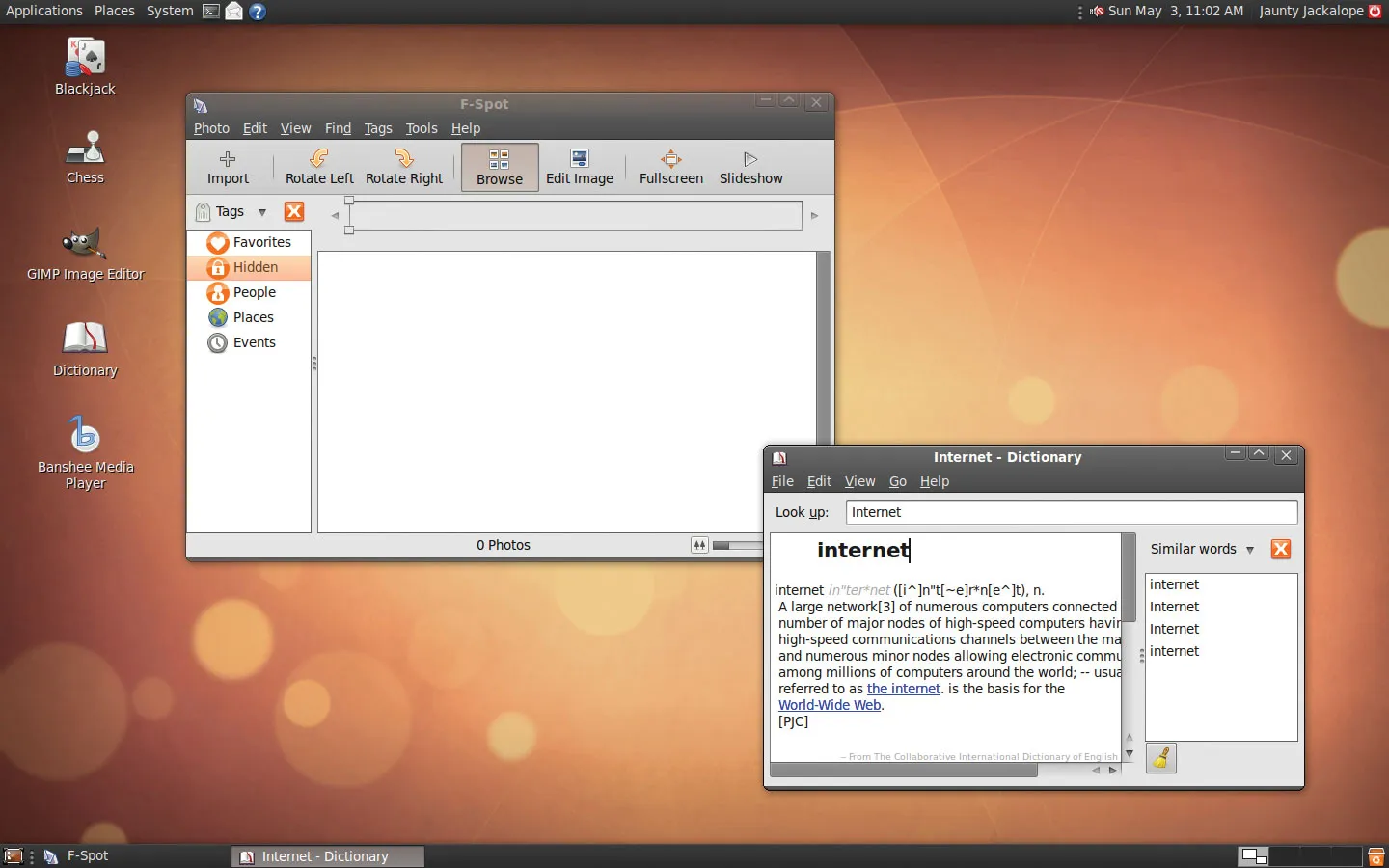Graphical User Interface (GUI) is a type of user interface which allows users to interact with electronic devices through images and icons instead of text-based and command-based interfaces. Through a GUI, the user can control the device by pointing and clicking on graphical elements such as icons, menus, and buttons. It is designed to provide the user with a convenient and intuitive way to work with the device.
The development of computer interfaces began in the early 1960s with text-based interfaces such as the Command Line Interface (CLI). In the mid-1970s, more user-friendly alternatives began to emerge – among them the Graphical User Interface (GUI). The GUI is now the most widely used form of user-computer interaction.
In a typical GUI, the user interacts with the device by moving a cursor around the screen with a pointing device such as a mouse or trackpad. They can then interact with the device by selecting an action by pressing a button or selecting a command from a menu. These actions often involve clicking on graphical elements such as windows, buttons, and icons. The goal of a GUI is to allow users to easily control and work with a device without having to worry about the underlying technology.
The development of GUIs has allowed people with no programming experience to interact with computers. This has enabled people from all walks of life to use computers and other devices more easily and has helped pave the way for the widespread use of computers in everyday life. Additionally, GUIs have allowed for faster and more efficient development of complicated software and programs.
Today, GUIs are found on a wide range of devices, from desktop and laptop computers, smartphones and tablets, to home entertainment systems and industrial equipment. They have become the standard way for people to interact with computers and other devices.






